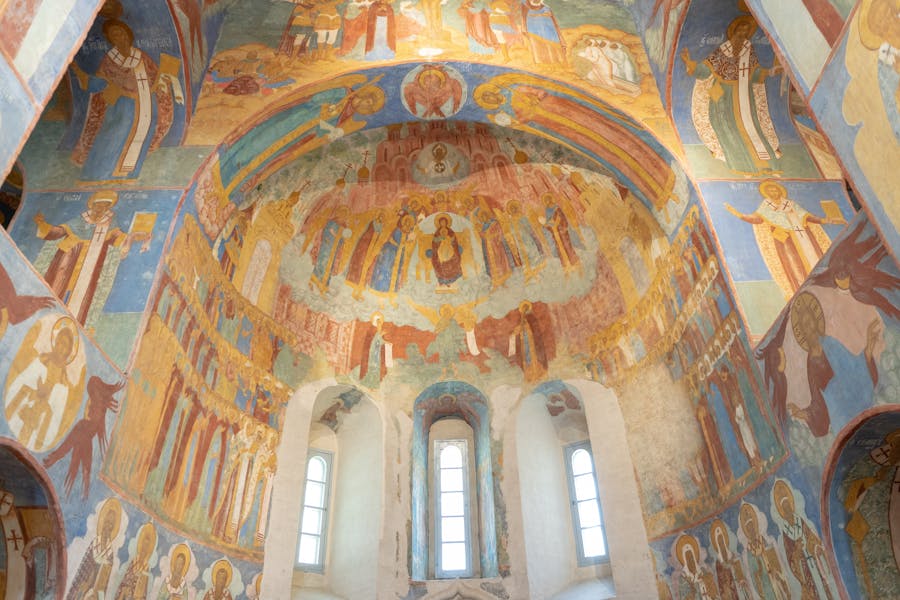 Origins of Iconoclasm
Origins of Iconoclasm
Byzantine Iconoclasm, which occurred during the 8th and 9th centuries, was a significant movement that influenced medieval art. Iconoclasm, the destruction of religious images, arose from theological debates about the use and veneration of icons in Christian worship. Emperors such as Leo III and Constantine V led campaigns to remove and destroy icons, viewing them as idolatrous. This movement led to a period of intense conflict and debate within the Byzantine Empire and had far-reaching effects on religious art and culture.
Impact on Byzantine Art
The period of Iconoclasm profoundly impacted Byzantine art, leading to the destruction of many religious images and the creation of new forms of art that avoided figural representation. Artists and patrons adapted by focusing on non-figural decoration, such as geometric patterns and symbolic motifs. The return to icon veneration in the 9th century, known as the Triumph of Orthodoxy, led to a resurgence of icon production, but the experience of Iconoclasm influenced the styles and themes of Byzantine art, emphasizing the spiritual and theological significance of images.
Influence on Western Medieval Art
Byzantine Iconoclasm also influenced Western medieval art, particularly in regions with strong cultural and religious ties to the Byzantine Empire. The debates and conflicts over the use of religious images prompted Western theologians and artists to reflect on the role of art in worship. The resolution of Iconoclasm contributed to the development of iconographic traditions in Western Europe, influencing the styles, themes, and theological interpretations of religious art in the medieval period.
Conclusion
Byzantine Iconoclasm had a significant impact on medieval art, shaping the development of religious imagery and artistic styles. Its influence extended beyond the Byzantine Empire, affecting theological and artistic practices in Western Europe and contributing to the rich and complex history of medieval art.
